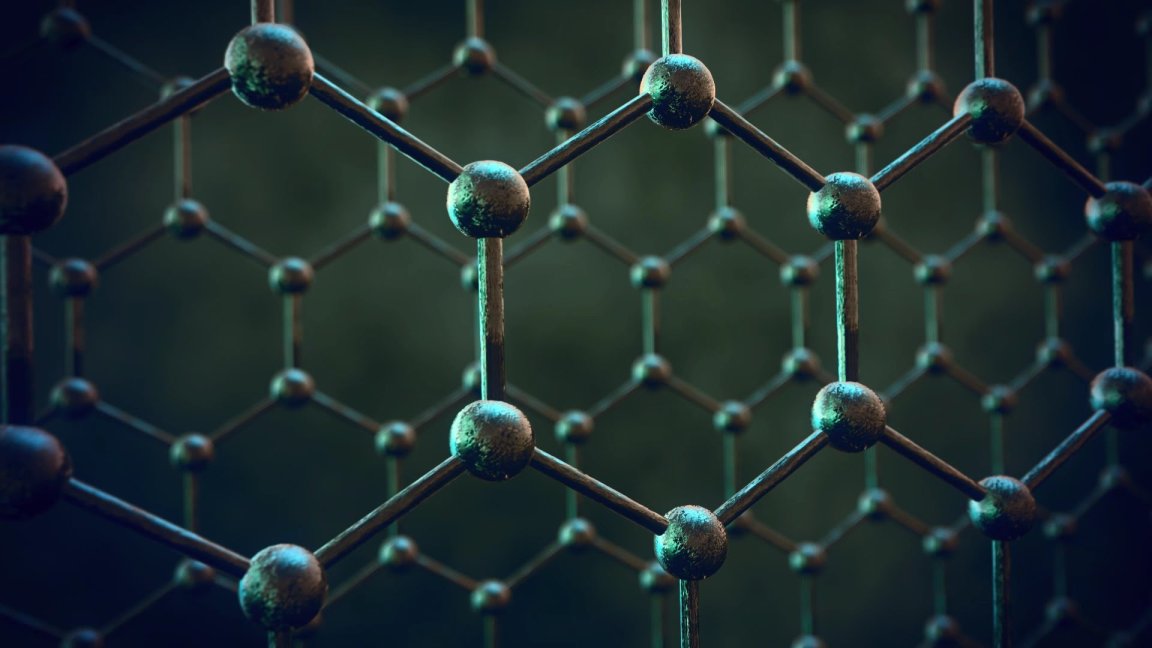
Move Over, Graphene?
When graphene was finally extracted from graphite and discovered to be a potential “wonder material,” researchers were quick to jump at the opportunity to explore its capabilities and its potential uses. The two-dimensional miracle material of the future could radically change the world. It seemed tough to mass produce. That is until recently. As such, graphene hasn’t seen the light of everyday use just yet.

As this 2D wonder material is just finding its way to a variety of applications, researchers from Rice University have already begun exploring a one-dimensional nanomaterial that can match graphene. The researchers simulated a stretched out, 1D boron chain. The team also believe that this 1D boron could have properties weirder than graphene’s. Their research, based purely on detailed computer simulations of 1D boron, was published in the Journal of the American Chemical Society.
While 1D boron chains are yet to be made, the simulations suggested that they have some incredible properties. Current synthesized forms of boron are limited to atom-thick and fullerene variants, as well as single-atom-thick-carbon chains known as carbyne. Researchers think that it would only be a matter of time before 1D boron atom chains are synthesized.
Future Materials
The potential properties of a 1D boron chains the Rice researchers simulated result from their unique atomic structure. They could either be a single chain of atoms or a ribbon of two-atoms, both existing on just one dimension. Compared to graphene that’s two-dimensional, the 1D boron chains stretch out and transition from a two-atom ribbon into a single-atom chain. It transitions back again when the pressure is released.

“Boron is very different from carbon,” lead researcher Boris Yakobson said. “It prefers to form a double row of atoms, like a truss used in bridge construction. This appears to be the most stable, lowest-energy state. If you pull on it, it starts unfolding; the atoms yield to this monatomic thread. And if you release the force, it folds back,” he added. “That’s quite fun, structurally, and at the same time it changes the electronic properties.”
These two phases demonstrate 1D boron’s unique properties. The one-atom chain is a semiconductor, while the two-atom ribbon is a sturdy metal resistant to deformation. “That makes it an interesting combination: when you stretch it halfway, you may have a portion of ribbon and a portion of chain. Because one of them is metal and the other is a semiconductor, this becomes a one-dimensional, adjustable ‘Schottky junction,'” Yakobson explained.
Again, all of these are based on computer simulations. But it’s enough to demonstrate the potential of 1D boron, which could be explored further the way we have with graphene. To date, graphene has seen uses as carbon nanotubes, polymer batteries, photonic computer chips, bendable screens for phones, a fabric for wearable tech, and even elastomer “skin” for robots and prosthetics.
Aside from graphene, other possible wonder materials include a metal organic framework called stepanovite, a sturdy material called diatoms, just to name a few.